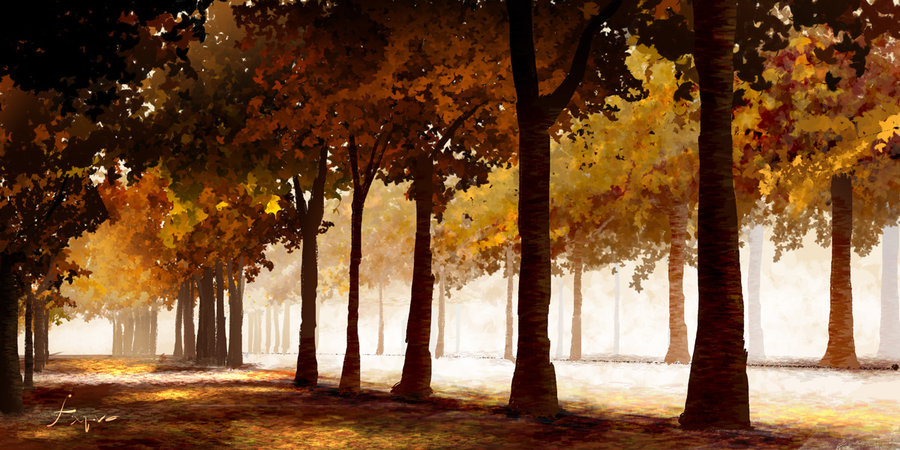
An important enzyme in the breakdown of the apoprotein is FtsH6, which belongs to the FtsH family of proteases. This is believed to destabilize the complex, at which point breakdown of the apoprotein occurs.

Research suggests that the beginning of chlorophyll degradation is catalyzed by chlorophyll b reductase, which reduces chlorophyll b to 7‑hydroxymethyl chlorophyll a, which is then reduced to chlorophyll a. Chlorophyll degradation is thought to occur first. In the autumn, this complex is broken down. It is located in the thylakoid membrane of the chloroplast and it is composed of an apoprotein along with several ligands, the most important of which are chlorophylls a and b. Much chlorophyll is in photosystem II (light-harvesting complex II or LHC II), the most abundant membrane protein on earth. Often, the veins are still green after the tissues between them have almost completely changed color. During this time, the amount of chlorophyll in the leaf begins to decrease. As this cork layer develops, water and mineral intake into the leaf is reduced, slowly at first, and then more rapidly. During the growing season, however, the plant replenishes the chlorophyll so that the supply remains high and the leaves stay green.Īs autumn approaches, with daylight hours shortening and temperatures cooling, the veins that carry fluids into and out of the leaf are gradually closed off as a layer of special cork cells forms at the base of each leaf. In their food-manufacturing process, the chlorophylls break down, thus are being continually "used up".

These sugars are the basis of the plant's nourishment - the sole source of the carbohydrates needed for growth and development. This produces a fractal-like patternĬhlorophyll has a vital function: it captures solar rays and uses the resulting energy in the manufacture of the plant's food - simple sugars which are produced from water and carbon dioxide. In this leaf, the veins are still green, while the other tissue is turning red. Thus, the leaves of summer are characteristically green. When abundant in the leaf's cells, as during the growing season, the chlorophyll's green color dominates and masks out the colors of any other pigments that may be present in the leaf. "A green leaf is green because of the presence of a pigment known as chlorophyll, which is inside an organelle called a chloroplast. I appreciate your taking the time to look at the many images I have to offer and if you have any questions or special needs, I would love to hear from you.Ĭhlorophyll and the green/yellow/orange colors This tourist activity occurs between the beginning of color changes and the onset of leaf fall, usually around September and October in the Northern Hemisphere and April to May in the Southern Hemisphere" In some areas of Canada and the United States, " leaf peeping" tourism is a major contribution to economic activity.

The phenomenon is commonly called autumn colours or autumn foliage in British English and fall colors, fall foliage, or simply foliage in American English. "Autumn leaf color is a phenomenon that affects the normal green leaves of many deciduous trees and shrubs by which they take on, during a few weeks in the autumn season, various shades of yellow, orange, red, purple, and brown.
#Autumn fall images archive#
My prints are made from the finest materials in the industry and are available as Lumachrome® HD Trulife® Acrylic Prints, Exhibit Mounted Metal Prints, and Fuji Crystal Archive Prints. These images are offered as high quality Exclusive Limited Edition prints for sale as created by Jess Lee.
Colorado and New england are famous but every state and provance has a special place for fall color. Fall Color Photography Gallery is a collection of fine art nature photography by Jess Lee featuring the beautiful colors of Autumn from the Pacific Northwest, Sierras, Wyoming and Colorado Rockies to the lush color of New England.įall is a time when beauty sounds us as the leaves turn colors of yellow, gold, reds and even pink.


 0 kommentar(er)
0 kommentar(er)
